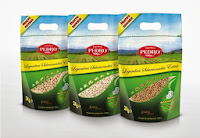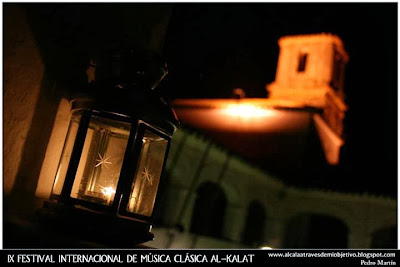Legumbres Pedro - keeping a finger on the pulse

One of the biggest attractions of Alcalá for me is the locally produced food (along with the people, the weather, the scenery, etc etc). I've already written about our cheeses , retinto beef , vegetables and breads , and am conducting ongoing research into the pork-meat products of Embutidos Gazules (i.e. eating my way through the catalogue) for a future post. But today it's the turn of the pulses, those protein-packed dried seeds that are a staple of the Mediterranean diet - lentils, chickpeas and beans. In 1969 Pedro Benítez Barroso founded Legumbres Pedro to package and sell the garbanzos traditionally grown in the area by small farmers. By the 1980s the business had grown to cover growers in the whole of Andalucia, and subsequently expanded into supermarkets, widened its product range to include rice and flour, and started to supply the catering trade via the HORECA distribution channel. In 2008 Legumbres Pedro moved into its current prem...




